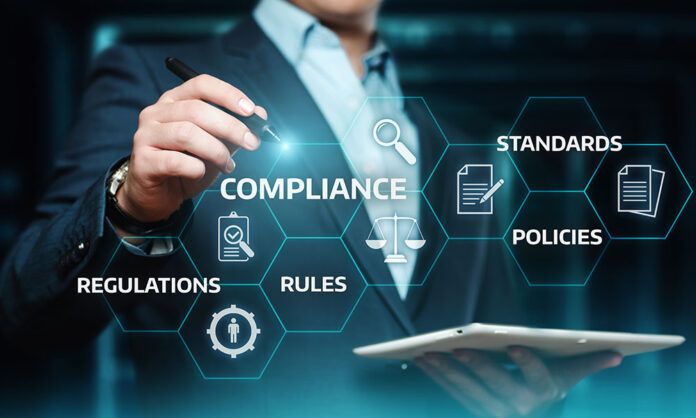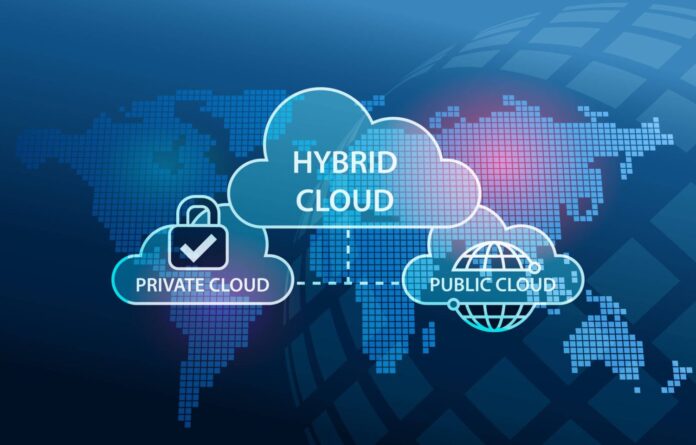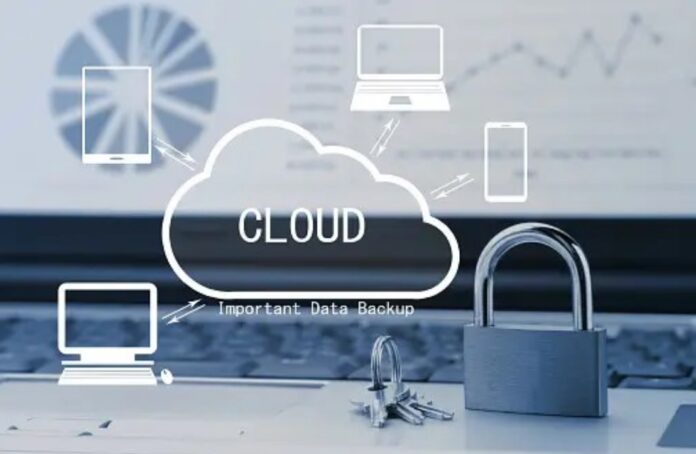If you run a business in 2025, the odds are you use the internet extensively to power the organization. In addition to that, you’re likely using cloud services in one form or another to accomplish your goals. Whether this is using a public or private cloud, cloud services make it easier to run a business of any type. Hybrid clouds—a combination of a private and public cloud—are quite popular nowadays.
As businesses increasingly turn toward hybrid cloud solutions for their diverse needs, security becomes a much more prominent concern. Protecting sensitive data and ensuring regulatory compliance or only part of keeping a cloud secure. Today, we’ll explore how to achieve your business needs with hybrid cloud security.
Know Common Hybrid Cloud Security Issues

The first step in protecting yourself from hybrid cloud security problems is to understand what they are in the first place. First and foremost, there’s the obvious intrusions and hacks. But there’s also network security. In a hybrid cloud environment, data applications live across multiple networks.
These are both public and private. With this added complexity, businesses must implement firewalls, intrusion detection systems, and secure network protocols to maintain the integrity of the network. There’s also the matter of identity and access management. With more networks to secure, users must be restricted to access only what they are allowed to at their security level. There’s also shared security responsibility between your business and the hybrid cloud provider.
On top of that, a lack of visibility and monitoring or improperly configuring a cloud can cause major security issues. Ultimately, protecting your company’s data and privacy across the cloud requires understanding common security threats and learning how to adapt to them quickly.
Addressing Security Concerns in Hybrid Cloud Adoption

Hybrid cloud Solutions are extremely popular today. One of the reasons for this is that they provide a balance between on-premise infrastructure and cloud services. This provides companies with the scalability, flexibility, and usability that they need for their operations. As businesses migrate to a hybrid cloud there’s some security concerns that can pop up.
Clear policies around data storage and control can help mitigate these concerns. Implementing strong encryption methods and secure access controls can further strengthen these policies, and ultimately, your hybrid cloud environment’s overall security.
Making sure you choose a cloud service provider with a strong security track record is another important step in ensuring security. You should also consider using cloud migration security software to get siloed visibility, to keep better track of your assets, and reinforce your cloud security needs.
Managing Compliance and Regulatory Requirements

Whenever you run a business, you’ll undoubtedly come across compliance and regulatory compliance. These can be a complex challenge to navigate. This is especially true if a business operates in different parts of the world. Regulatory compliance standards are legal obligations and requirements, like GDPR and HIPAA that businesses must follow while operating.
Hybrid clouds and environments also have regulatory compliance standards unique to the various industries in which they are deployed. An effective strategy for managing these concerns includes having a compliance-focused audit of your cloud systems, both public and private. Using proper encryption practices can also address potential data problems.
Consider a cloud service provider that offers built-in compliance controls so you don’t have to worry about being out of compliance or missing a particular regulation.
Developing an Integrated Security Approach for the Hybrid Cloud

Part of hybrid Cloud security involves taking an integrated security approach. Integrated security approach crucial to safeguarding your Cloud against potentials. This means you must create a unified security framework that can help maintain security protocols across your class.Regular system monitoring and risk assessments and implementing advanced threat detection capabilities can further strengthen this approach.
Remain proactive by always updating your knowledge on emerging threats. Regularly check your cloud for vulnerabilities and be sure to use multi-factor authentication for users. Ensure your network is set up properly. By taking these precautions and using this security approach, you keep your cloud safe and secure.
Balancing Business Flexibility

Business agility is at the forefront of every hybrid cloud adoption. The inherent capability of the hybrid cloud to swiftly scale up or down depending on the business needs is unmatched. But this agility often comes at the cost of security, if not managed properly. Having a dynamic environment means configurations and security protocols need to be as flexible as the workloads they protect.
To strike the right balance, businesses should ensure a real-time inventory of all workloads across the cloud. Additionally, employing containerized applications can further enhance both agility and security. Containers encapsulate an application in its entirety, ensuring that dependencies do not lead to security vulnerabilities.
Furthermore, businesses should leverage the power of AI in understanding traffic patterns and predicting potential threats, thus proactively fortifying defenses before an intrusion attempt is even made.
Continuous Monitoring and Incident Response in Hybrid Cloud Environments
Continuous monitoring and swift incident response are vital aspects in maintaining a secure hybrid cloud environment. Regular monitoring is good for identifying potential threats. It also allows for quick assessments and fixes. But your effort should also include an effective incident response plan. It all starts with a continuous monitoring program that you can use to collect data and report on findings. Use AI or other applications to collect the data to automate it wherever possible. That’ll make it easier to create an action plan.
Then you must analyze the data, create a report, and respond to the findings in the appropriate way. Continuous monitoring assessment can be a typical task even on the best of days. That’s why it’s important to develop your own set of best practices to help create an environment where you can monitor, manage, and respond to incidents in a timely manner. With the right practices, knowledge, and tools, you can keep your hyper cloud environment safe and secure so you can run your business without worrying as much about cyber attacks.










